6 Types of Achilles Injuries and Their Treatments
The term Achilles tendon is used to describe the fibrous band of tissue that links your calf muscles to the heel. The flexibility and strength of this tendon are essential for walking, running and jumping. It absorbs a lot of pressure and stress during everyday activities, recreational or athletic play. The repetitive stress eventually leads to Achilles tendon injuries. Wearing the wrong shoes during exercise or exercising on an uneven surface may put you at a higher risk of developing an injury in the Achilles tendon.
The pain is usually felt near the heel or down the back of your leg. The injuries tend to be poorly treated as they are scarcely understood. To effectively treat such injuries, one has to first understand their nature. Achilles injuries may take different forms.
Here are six common types of Achilles injuries:
Type #1: Achilles Tendon Rupture Injuries
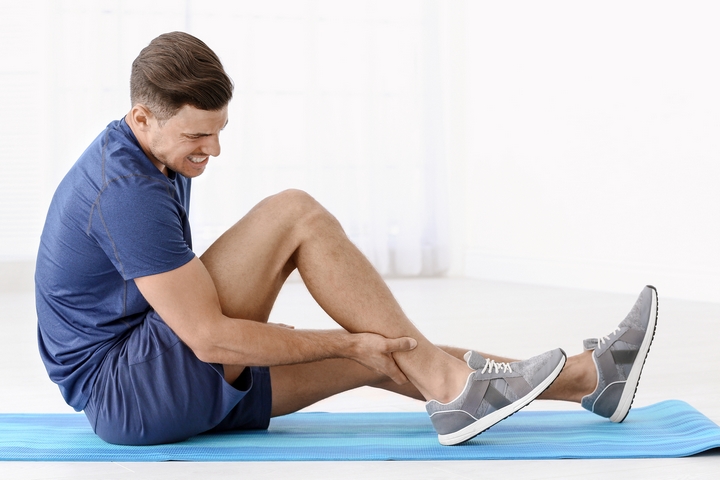
Achilles tendon rupture is often a result of sudden, forceful motion that stresses the calf muscle. These types of Achilles injuries can occur during intense athletic activities or when performing such basic tasks as jumping and running. Achilles tendon rupture is more common in middle-aged adults.
To diagnose this injury, have the patient lie face-down on an exam table, then squeeze the calf muscle. If you don’t notice any movement in the foot, this means you’re dealing with an Achilles tendon rupture. Conventional treatment consists of rest, ice, compression and elevation (RICE). Also applied are nonsteroidal anti-inflammatory medication, exercises and stretching.
The physiotherapy Toronto treatments for these injuries are cost-effective and easy to perform. When conventional treatments fail, surgery may be necessary.
Type #2: Non-insertional Achilles Tendinopathy Injuries
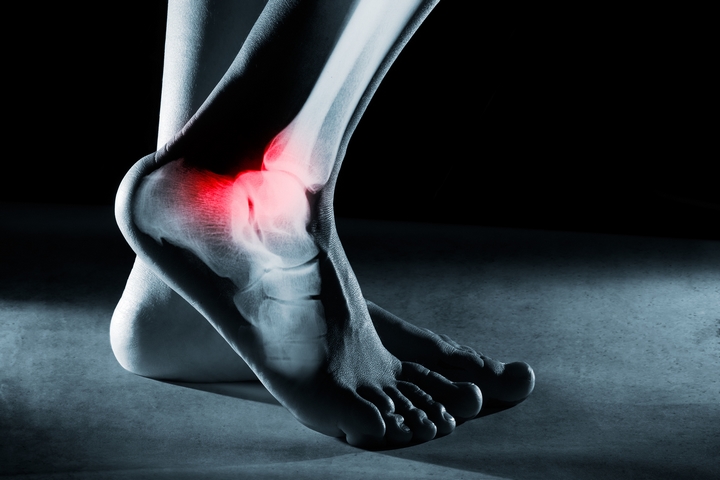
This injury is characterized by pain during activity. It is degenerative in pathology and is generally caused by chronic stress to the Achilles tendon. The natural collagenous architecture of the tendon is lost. It is replaced by pathological tissue.
While more common in people who participate in competitive sports, non-insertional Achilles tendinopathy can also affect the sedentary population. Symptoms include pain and stiffness and tender swelling at two to six centimetres above the insertion in the Achilles tendon. One can use ultrasound imaging to identify the location of the swelling.
There are both operative and non-operative treatment options, but the best and most popular is non-operative. Factors such as leg length discrepancy, limited ankle dorsiflexion, and lower limb misalignment, can also cause this condition.
Type #3: Tendinosis Injuries
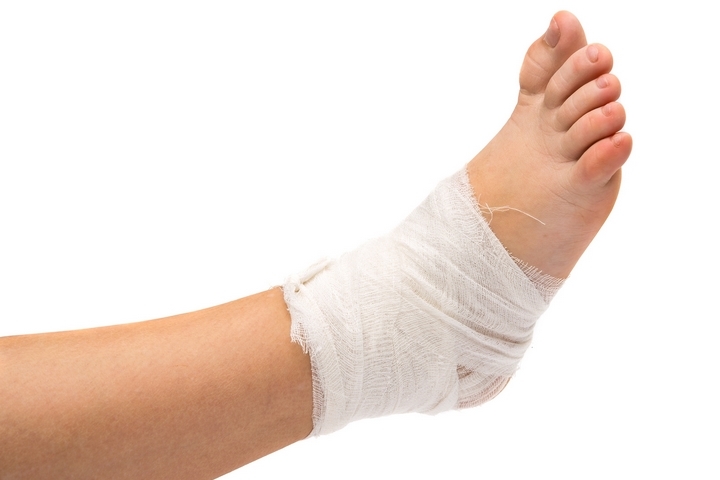
Most pain and injuries within the Achilles tendon can be classified as tendinosis as they mostly involve tendon degeneration instead of inflammation. The degeneration of the Achilles tendon makes it weaker. It also deforms its structure. Although ageing is a leading contributor to this condition, repetitive trauma from playing sports is another culprit.
Activities such as jumping or running without allowing enough time for healing to take place are especially harmful. Areas affected by tendinosis may eventually turn into partial or complete ruptures, especially if they carry heavy loads seen during physically-demanding sports such as basketball and football. This mostly happens during landing and push-off activities.
Type #4: Paratenonitis Injuries

This acute injury is caused by the overuse of the Achilles tendon. In most cases, you will know you have paratenonitis if the area covering the tendon swells. In acute cases, the tendon can swell up to the point where it looks like a sausage. This condition is most common in runners.
Some people may experience swelling in this area after a long run. Others may experience some discomfort and stiffness. If you notice these symptoms, don’t ignore them. Running on an already injured tendon will make it worse. It’s important to rest to relieve the tension and then seek medical advice. If paratenonitis is left untreated, it may progress to a point where running becomes a challenge.
Type #5: Insertional Injuries
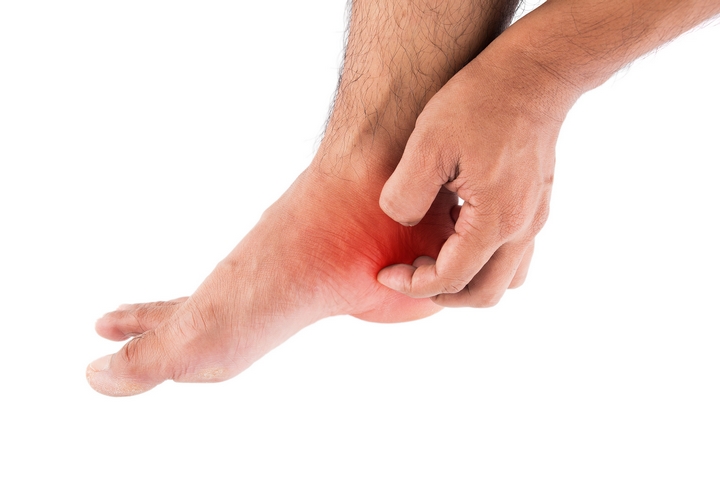
Insertional tendonitis is the inflammation of the area where the tendon enters the heel bone. The inflamed area becomes tender, indicating the formation of calcium or a bone spur. This injury causes retrocalcaneal bursitis and Haglund’s deformity, which is an enlargement of the heel bone. This deformity is common among hockey players or women who frequently wear high heels.
Type #6: Retrocalcaneal Bursitis Injuries
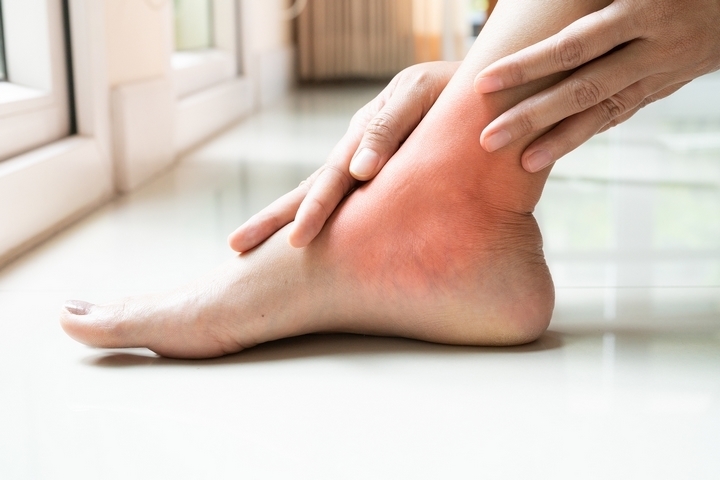
Progressive insertional tendonitis is what causes this condition. Activities that involve extreme and sudden movements may cause irritation to the sac that contains fluid, which is found between the heel and the Achilles tendon. This sac is known as the retrocalcaneal bursa. The irritation inflicts pain on the area in front of the tendon and between the heel bone and the tendon.
The leading cause of this condition is overuse of the tendon after an injury. The repetitive loading only makes it worse. In 10% of patients, retrocalcaneal bursitis is linked to rheumatoid arthritis. With athletes, however, it only occurs on one side. It is not an indicator of systemic disease.
If you experience any of the above symptoms linked to Achilles injuries, consult a medical practitioner immediately. Getting the appropriate treatment at the right time is critical for a speedy recovery.

